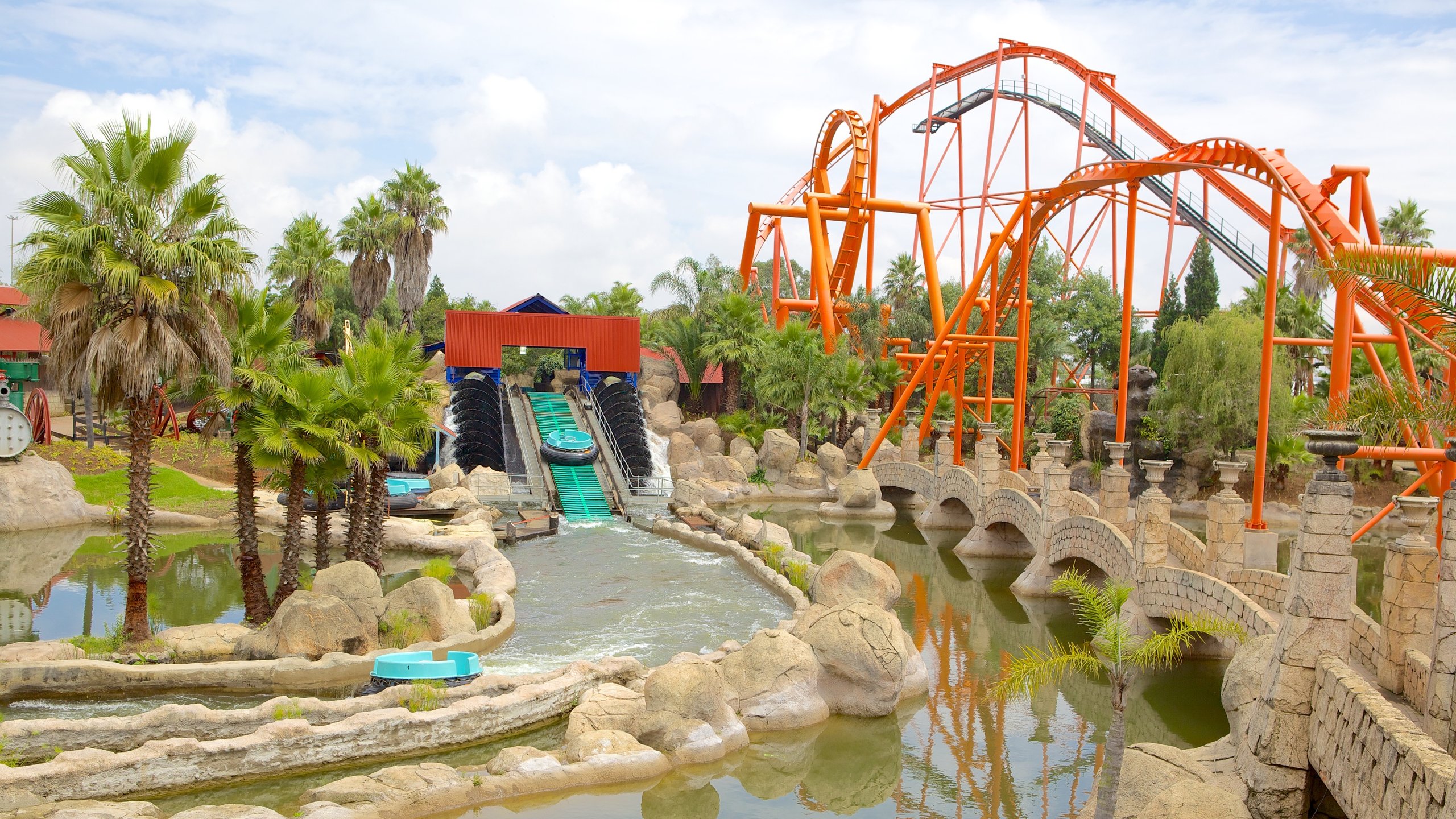The Ultimate Guide To Johannesburg North Attractions
The Ultimate Guide To Johannesburg North Attractions
Blog Article
Johannesburg North Attractions Fundamentals Explained
Table of ContentsThe 8-Minute Rule for Johannesburg North AttractionsA Biased View of Johannesburg North AttractionsOur Johannesburg North Attractions PDFsJohannesburg North Attractions Fundamentals ExplainedJohannesburg North Attractions - The FactsSome Known Factual Statements About Johannesburg North Attractions
The city owes its place to the presence of a a lot more priceless source: gold. The city grew on the edge of the Witwatersrand Key Coral reef, a below ground stratum of gold-bearing quartz-silica corporation that arcs for numerous miles under the Highveld. A lot of the gold mines in the city discontinued procedure in the 1970s, however in its day the Witwatersrand gold sector represented greater than 40 percent of the world's annual gold manufacturing.Johannesburg has a pleasant environment. The city takes pleasure in regarding 8 hours of sunshine per day in both wintertime and summer.
What rainfall the city obtains drops practically exclusively in the summertime, usually in incredible late-afternoon electrical storms. Air air pollution poses a substantial trouble, especially in the winter season, when thermal inversions restrain the westward flow of air from the Indian Sea. Air pollution is most severe in the densely resolved Black areas on the city's periphery, where many homeowners still depend on coal for gas.

The 6-Minute Rule for Johannesburg North Attractions
The equilibrium of the city is inhabited by whites. Holiday accommodation varies in character and high quality.
Physical development, although rather restricted by transportation, proceeded swiftly as immigration to South Africa, and Johannesburg in certain, boosted considerably. This trouble was addressed in the 1930s when the automobile was introduced in automation to South Africa. Cars were, for the a lot of part, constrained to the well-off, and allowed them to transfer to the north of the city and commute into the centre.
Many bad residential areas were combined, with inadequate blacks and whites living together, although the affluent suburban areas were generally scheduled for whites.
The estimated population of the area is 200,000, [] yet the number of people staying in the inner city on a casual basis is unidentified, as numerous are illegal aliens. Many higher-income locals and white individuals have moved to the northern suburban areas and have been replaced by lower-income black people. The joblessness, education and learning, and age accounts of the area are all unidentified, because of the difficulty of acquiring reputable details concerning the location.
Johannesburg North Attractions - Questions
Yeoville and Bellevue have a mix of home buildings and single property systems on tiny lots. The region is situated on a hilly divide that runs from eastern to west.

The 10-Second Trick For Johannesburg North Attractions
The eastern suburbs are some of the earliest areas of Johannesburg, there are huge communities of Jewish and various other European histories, the majority of the population is English talking. There are three golf courses as well as a number of safeguarded ridges with viewsites.
The location is mainly composed of old "matchbox" homes, or four-room residences built by the federal government, that were developed to offer cheap holiday accommodation for black workers during apartheid. Soweto is an abbreviation, meaning "South Western Townships". Road after street around is lined with matchboxes; however, review there are a few smaller sized locations where flourishing Sowetans have constructed houses that are more visit their website similar in stature with those in even more upscale suburbs.
Hostels are another popular physical attribute of Soweto. Initially built to house male migrant employees, several have been improved as houses for pairs and families. The N1 Western Bypass skirts the eastern boundary of Soweto. The residential area was not historically permitted to develop work centres within the area, so practically all of its homeowners are travelers to other components of the city.
Unknown Facts About Johannesburg North Attractions
The residential areas in the north residential areas are primarily official, with no significant locations of casual real estate, or housing that does not have a permanent structure. This is a well-known area, there is a pattern of land usage change from property to business, specifically along primary arterial roads and around recognized nodes.
The location is well connected to road networks, particularly along the visit homepage north-south axis created by the M1 and N1. Roadways to the east and west are less well developed, as there are no highways taking a trip in that instructions. In the direction of the northern boundary of the city, the density of development reduces, leaving big locations of primitive land around Midrand.
The Greatest Guide To Johannesburg North Attractions
The very first suburb to the north of the inner city is Parktown, which is located on a hill overlooking the central city and Hillbrow. It has lots of well-off residents and Edwardian-design mansions, as well as the Education and learning and Medical universities of the University of the Witwatersrand. The big concrete Charlotte Maxeke Johannesburg Academic Health Center dominates the sky line of Parktown.
Report this page